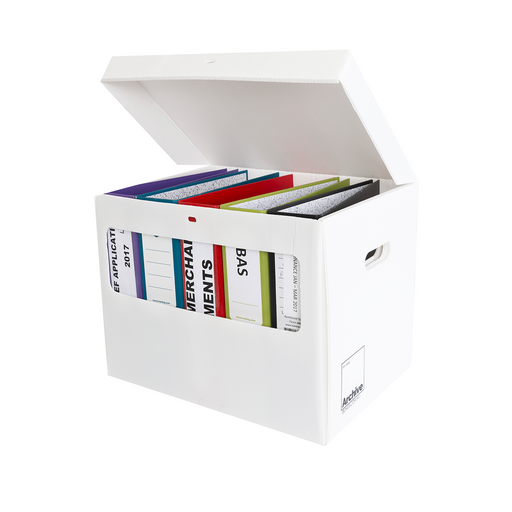
End of year Archiving tips for a relaxing summer break

1. Implement a logging system
A log records the location of your files, how long they’ve been there, even who has had access to them. It’s an absolutely essential part of archiving and there are plenty of ways to implement one.
Spreadsheets are popular although they can quickly become clunky and slow and generally confusing. Excel can definitely be intimidating to those with little experience.
Some businesses still opt for good ol’ pen and paper which has it’s obvious drawbacks in terms of accessibility.
There are online archiving software's too which do all the confusing parts for you and can integrate into your existing archiving system. We recommend SmartSoft from Smart Records Group for its simplicity and customer service
2. Use the right supplies
Not all storage boxes are created equal. While some may have specific storage purposes they can also be wildly space inefficient.
Take lever arch files for example. Due to their design, storing three folders would actually take up more space than if you put the same amount of paper in a slim foolscap folder.
Luckily there are tools which can transfer Lever Arch folders to more space efficient folders with minimal effort. Check out the lever beaver in our archiving accessories page or our custom made Lever Arch file boxes!

Ensuring you have strong boxes which will stand up to the test of time is also very important, you don’t want to search for a document in 10 years time only to find that it has become rat food.
Although it may seem like an easy way to save a quick buck, archiving supplies are definitely one area where you don’t want to cut corners (If you need me to be clearer, AVOID Keji boxes).
3. Destroy what you don't need
If you are unfamiliar with retention schedules or maybe have fallen behind on your destruction list you could end up storing a lot of files which are actually serving no purpose for your organisation.
If you are replacing your box supplies or setting up a logging system it's highly worthwhile to make a destruction list at the same time.
You can hire a document destruction bin or even have large amounts of boxes picked up and destroyed.
The end result is more space for you, a more manageable archive and the information of your clients and staff safely and securely destroyed.
4. Save Space and Save Money
Your space is valuable, all of it! If you are pressed for space in your workspace it may even be worth considering if storing your archives on site is even viable.
Organisations such as Smart Storage in Melbourne offer archiving specific storage. These sort of storage services allow you to move your archives to an offsite facility but also keep your access to the files through online copies or on demand delivery.
The increased productivity resulting from your new space may even offset the low price of storage!

5. Consider your storage facility
At the end of the year it is worth having a good think about where you store your archives. Is it as accessible as it needs to be? Most importantly, is it safe? If you haven’t already done so you should undertake an archiving safety audit. You can read all about how to complete one of these right here.
Take this winding down period at the end of the year to get some heavy lifting done, literally! You may need new shelves or a whole relocation of your archiving system. This could mean getting professionals in for a day or more. Minimise disruptions to your work by scheduling for the end of the year, giving you a fresh start in 2022!

These are our tips, now it's up to you to decide what is right for your organisation. As always we are here to provide you with all your premium archiving supplies and accessories. Enjoy your well earned break!











